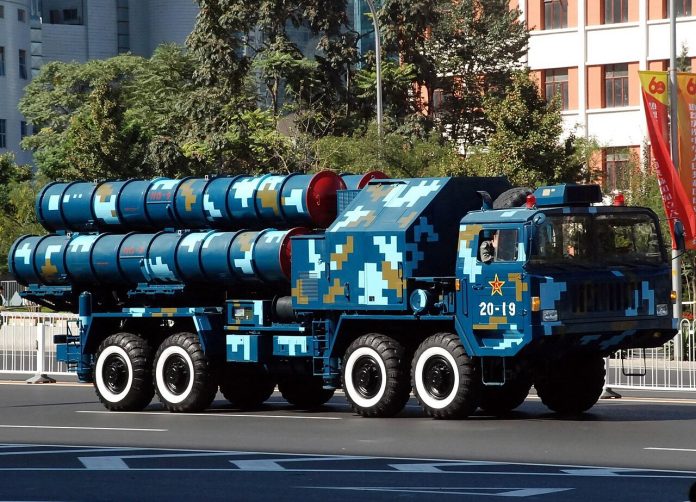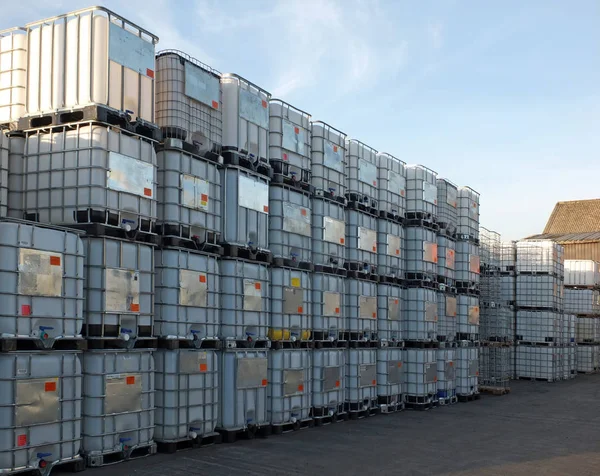
Could one shipment of chemicals change the balance of power in the Middle East? Recent intelligence reports indicate that Chinese firms have been providing Iran with huge quantities of sodium perchlorate a key precursor for solid missile propellant against United Nations sanctions. The ensuing political firestorm in Washington has lawmakers on both sides of the aisle pressing the Trump administration for answers.
The controversy comes in the wake of the September UN snapback sanctions on Tehran, reinstated after European powers accused Iran of violating the 2015 nuclear deal. Yet these shipments seem to fall into a gray area: sodium perchlorate is not explicitly prohibited as an export, thus enabling Beijing to argue its compliance while it materially enables Iran’s missile program. The scale, timing, and geopolitical implications of these transfers are coming under intense scrutiny.
The following listicle examines nine key developments that shed light on the scope of the China–Iran cooperation, the military significance of the shipments, and the broader strategic risks for the US and its allies.

1. Direct Challenge to the Administration by Lawmakers
Representatives Raja Krishnamoorthi and Joe Courtney have formally pressed Secretary of State Marco Rubio and CIA Director John Ratcliffe for an explanation of US actions to counter China’s support for Iran’s missile program. In the letter, they described the shipments as “indispensable to Tehran’s efforts to rebuild its ballistic missile arsenal following its 12-day war with Israel last summer.” The lawmakers warned that Beijing’s role “provides yet another example of the Chinese Communist Party’s willingness to abet authoritarian aggression from Europe to the Middle East.” Such political pressure underlines bipartisan concern over sanctions enforcement and the credibility of US deterrence.
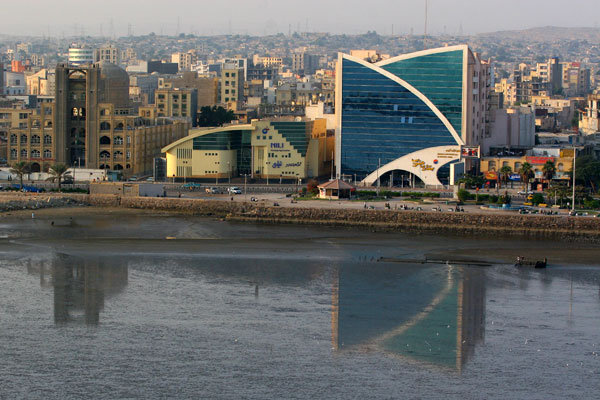
2. Scale and Timing of the Shipments
According to European intelligence sources, Tehran received 2,000 tons of sodium perchlorate from Chinese suppliers through the port of Bandar Abbas between late September and mid-October. According to analysts, this amount would be enough for about 500 medium-range ballistic missiles. Deliveries started just two days after the UN Security Council reimposed the sanctions under the snapback mechanism, suggesting a deliberate move to accelerate Iran’s rearmament before enforcement measures could take full effect.
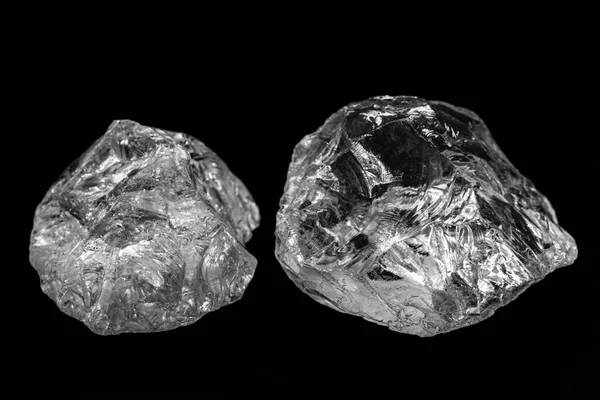
3. Exploiting a Sanctions Loophole
While ammonium perchlorate-the oxidizer derived from sodium perchlorate-is explicitly forbidden under UN resolutions, sodium perchlorate itself is not named. Experts say this omission allows China to maintain a sort of plausible deniability because Beijing can argue it is acting in accordance with international obligations while supplying a material that “should fall under the broader catch-all controls on materials used in solid-fuel missile production,” as Carnegie Endowment’s Tong Zhao said. The gray area in the law makes enforcement difficult and exposes the need for more precise wording in any sanctions.
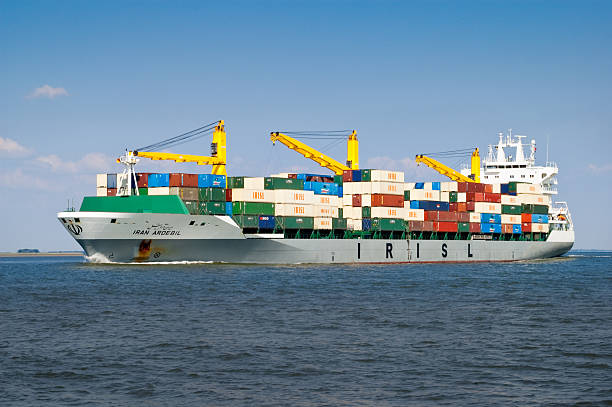
4. Ship Tracking and Intelligence Trails
CNN and others have tracked voyages of the sanctioned Iranian cargo ships carrying the chemical from Chinese ports. Social media posts from crew, along with data from AIS tracking, show repeated round trips since April. Satellite imagery shows loading operations at Gaolan Port and then unloading in Bandar Abbas. In one case, the MV Artavand disabled its AIS transponder to obscure its movements-a tactic often used to evade monitoring.
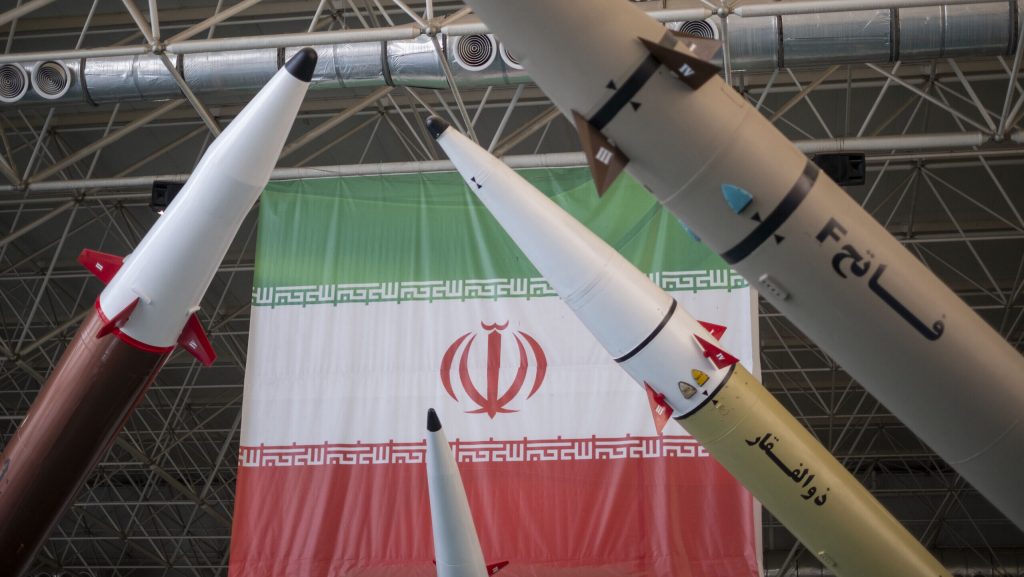
5. Military Imperatives After the 12-Day War
The June conflict with Israel had heavily depleted Iran’s missile stockpile, with launchers, storage sites, and production facilities destroyed. “The trend of defense production has improved both in quantity and quality since the war,” said Brig. Gen. Aziz Nasirzadeh. Analysts such as Behnam Ben Taleblu say Tehran is applying the lessons from the conflict to improve lethality and survivability, seeking to saturate Israeli missile defenses in any future confrontation.

6. China’s Strategic Calculus
Beijing’s decision to keep the shipments going, in defiance of the sanctions, is rooted in geopolitical and economic interests. Iran is an important energy supplier for China, selling crude at discounted prices through shadowy tanker networks. Additionally, China’s opposition to the snapback sanctions flows from its general position against what it calls “illegal unilateral measures.” According to a remark by Tian Wenlin from Renmin University, greater US involvement in the Middle East could translate into “a relatively longer period of strategic opportunities for China” in the Indo-Pacific.

7. Expanding Defense Cooperation Beyond Chemicals
Reports indicate that Tehran may be looking at Chinese HQ-9 air defense systems, J-10C fighter aircraft, and YJ-12 anti-ship missiles to rebuild capabilities degraded by Israeli strikes. Such transfers would not only bolster Iran’s deterrence but might also reach its proxies, such as Hezbollah and the Houthis. Thus far, the US Treasury has merely imposed sanctions on Chinese firms for supplying “propellant ingredients” to the IRGC, but broader arms deals could pose even greater challenges to regional stability.
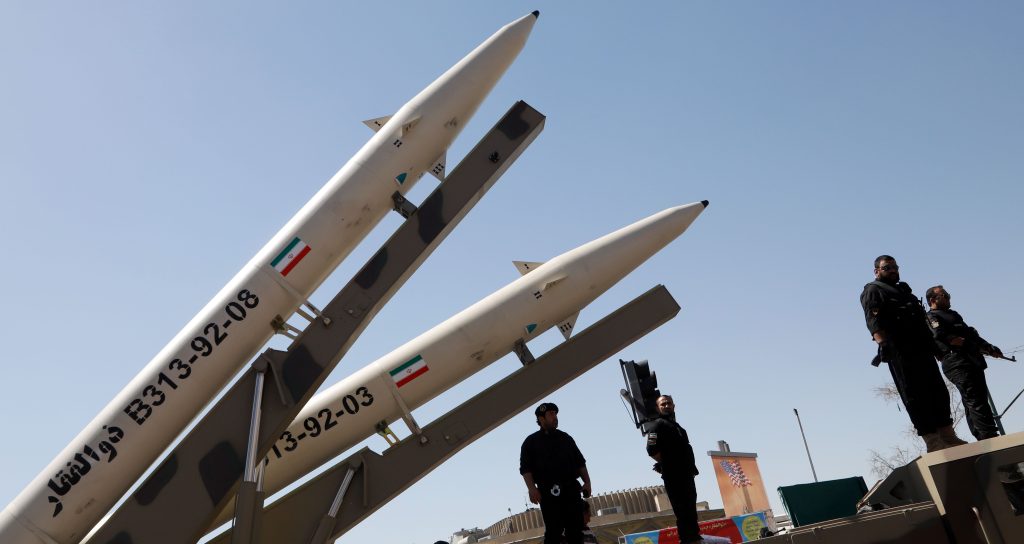
8. Proxy Benefits and Intelligence Sharing
By bolstering Tehran’s missile program, Beijing indirectly fortifies the Middle East’s proxy networks. In April, the US State Department alleged that Chinese satellite company Chang Guang had delivered imagery intelligence to the Houthis to facilitate strikes on shipping and US naval assets. In return, Houthis reportedly exempted Chinese vessels from targeting and shared operational data with the People’s Liberation Army-an example of how technical assistance can yield strategic dividends far beyond the immediate theater.

9. Enforcement Challenges and Allied Coordination
The US has designated dozens of entities worldwide under various sanctions regimes for supporting Iran’s missile and UAV programs, but interdicting shipments in transit has proven to be remarkably challenging. Eight Republican senators called upon the administration to work with partners to intercept ongoing deliveries, but there is no public indication that any interdictions have taken place. Since both China and Russia reject the snapback as illegitimate, effective enforcement will hinge on coordinated action among willing states, tighter export controls, and closing loopholes in various sanctions regimes.
The revelations on China’s sodium perchlorate shipments to Iran expose a combination of legal ambiguity, strategic opportunism, and enforcement shortcomings. The challenge for Washington and its allies becomes Janus-faced: stopping material support that hastens Iran’s missile reconstitution and dealing with the greater geopolitical fillip between Beijing and Tehran. Absent resolute measures, these chemical transfers have the prospect of establishing a precedent for sanctions evasion, with wider damage to regional security and the credibility of international nonproliferation efforts.
